Commuting
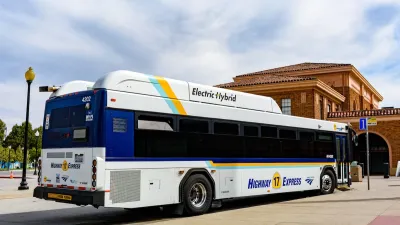
Beyond Congestion Pricing: Strategies for Revolutionizing Urban Mobility
How cities are leveraging data and technology to improve their transportation networks and reduce traffic.

Which Cities Have the Most Remote Workers?
Across the country, a median of 12.5 percent of workers continue to perform their jobs remotely.
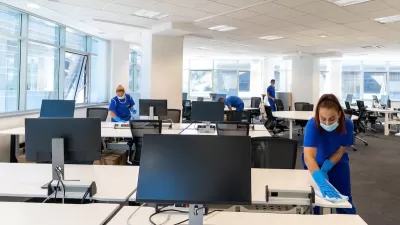
The Ripple Effects of Remote Work
The number of Americans who work from home rose sharply during the pandemic and remains high, posing important questions about the future of transportation and housing.

From 9-to-5 to Anytime: How Telecommuting Changes the Traffic Game
Not all cities have benefited equally from congestion relief brought on by shifting commuting patterns.
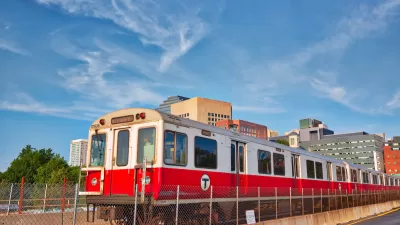
Boston Commuter Rail Recovering Rapidly
The ‘T’ is reworking its schedule to offer more reliable and flexible service, including more midday and weekend trains.
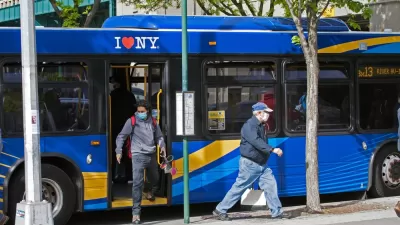
Transit Ridership Continues its Slow Recovery
Ridership grew by 16 percent between 2022 and 2023.
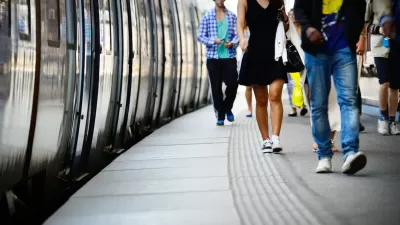
Study: Half of Global Commutes Made by Car; Rates Vary Widely
The United States is conspicuously consistent in its high rates of car usage, a new analysis finds.
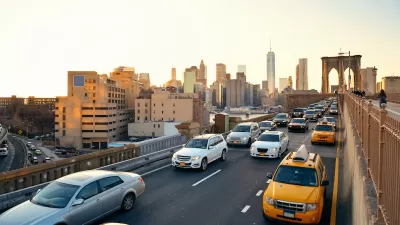
FHWA: Driving on US Roads at All-Time High
The end of some remote work policies and lower gas prices led to a rise in driving last year.
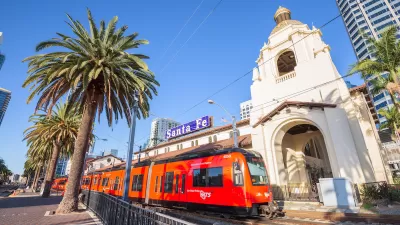
San Diego Region Developing Long-Range Transportation Plan
The new plan, set to take effect in 2025, accounts for changes in mobility patterns brought on by remote work.
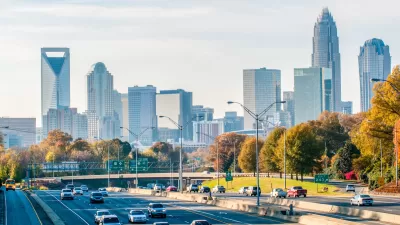
Charlotte’s Changing Commute Patterns
With more people working from home since the pandemic, the area is seeing shorter commute times for cars and public transit.
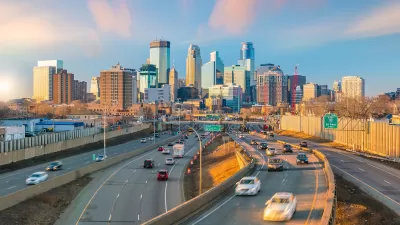
Twin Cities Commutes Faster Than Pre-Pandemic
Workers who have returned to in-person jobs are still experiencing less traffic congestion than in 2019.
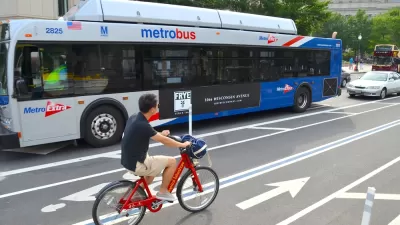
Opinion: How to Save D.C. Transit
Ridership data shows that many D.C. transit users depend on the service, despite a drop in ridership. The system needs changes—and funding—to have a future.
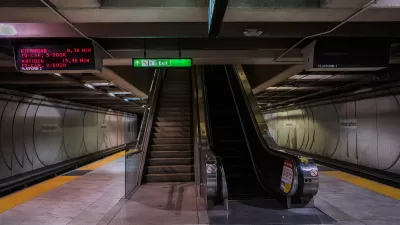
Post-Pandemic Travel Patterns Call for Different Transit Schedules
As remote work and changed commuting patterns endure, transit agencies are shifting their focus to serve a wider variety of riders.
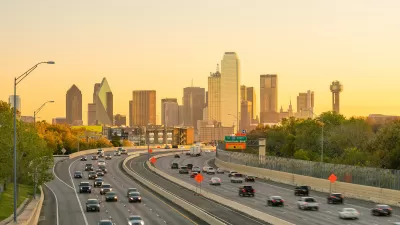
How to Reduce Excess Vehicle Travel
Some experts claim that remote work is the most effective way to reduce vehicle travel, but my research indicates that improving and encouraging walking, bicycling, and public transit can provide larger impacts and benefits.
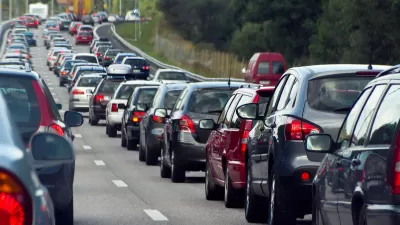
Leveraging the Choice Not to Travel
The pandemic accelerated the growth of remote services and telecommuting. Now is the time for urban planners to leverage these new opportunities to reduce vehicle miles traveled.

Forget the Bean Bag Chair: Workers Just Want Short Commutes
The office amenities of yore are out. Quick, painless commutes are in.

‘Super Commuting’ Hits Ten-Year Low
The number of Americans whose commutes take over three hours per day peaked in 2019, but dropped dramatically as remote work became more widespread.
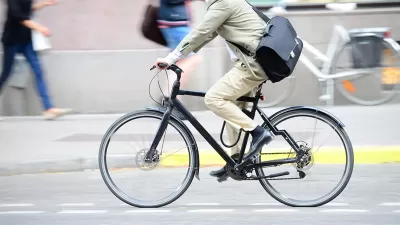
How Commute Times Impact Office Vacancy
Workplaces that employees can reach more quickly are less likely to have high office vacancy rates, a new analysis finds.

Congestion Growing in Sunbelt Cities
Cities with rapidly growing populations and inadequate public transit systems are seeing more gridlock despite changes in commuting patterns and the rise of remote work.
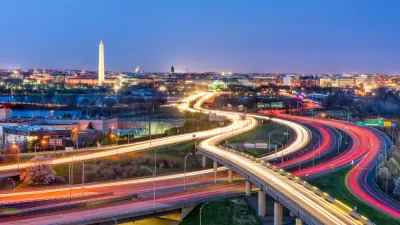
Federal Union: Remote Work Is Climate-Friendly
Federal workers are pushing back on a return to the office, citing the environmental benefits of eliminating daily commuting.
Pagination
Urban Design for Planners 1: Software Tools
This six-course series explores essential urban design concepts using open source software and equips planners with the tools they need to participate fully in the urban design process.
Planning for Universal Design
Learn the tools for implementing Universal Design in planning regulations.
Heyer Gruel & Associates PA
Ada County Highway District
Institute for Housing and Urban Development Studies (IHS)
City of Grandview
Harvard GSD Executive Education
Toledo-Lucas County Plan Commissions
Salt Lake City
NYU Wagner Graduate School of Public Service


































